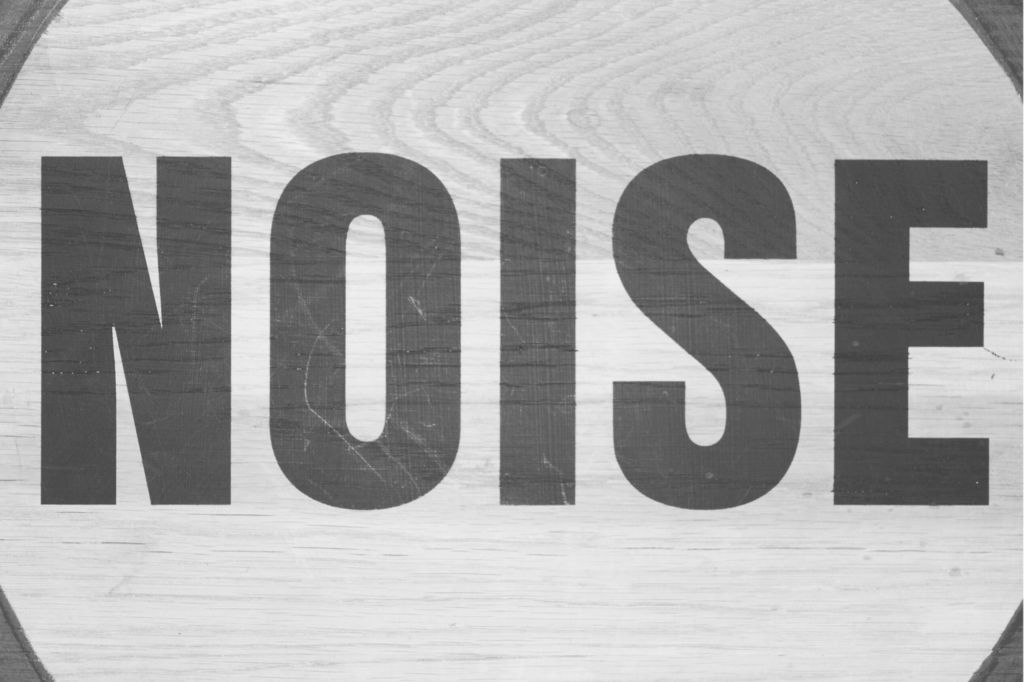This article considers how the NIL is used within the Coles guidelines.
This is the second article in this series in relation to NIL. The first article looked at the basics of the Noise Immission Level (NIL).
Prior to the Coles guidelines.

Prior to the Coles Guidelines being widely adopted individual experts may have had different views as to the NIL needed for a NIHL diagnosis. For example, in the ‘Nottinghamshire Textiles’ litigation, one view that a NIL ‘approaching 100’ would be required.
The Coles guidelines
The Coles guidelines set out to apply common standards to both audiometry and NIL requirements.
Coles needs three requirements for a diagnosis of NIHL.
Requirements 1 and 3 (R1 and R3) relate to the audiometry.
Requirement 2 (R2) is the requirement in relation to NIL.
So, if the audiology shows complies with R1 and R3, and there is a 10+ dB notch/ bulge then a NIL of 100 dB (A) NIL, or higher, is required (Requirement 2 (a) or R2(a)).
If the audiology complies with R1 and R3 with a 20+ dB notch/ bulge then the NIL need only be 90 dB (A) NIL or higher (Requirement 2 (b) or R2(b)).
Accordingly, whether a case is a R2(a) case or a R2(b) case may be significant. A NIL of 90 dB (A) NIL equates to 1/10th of the total noise exposure of 100 dB (A) NIL.
As such, the main requirement is fairly straightforward in relation to NIL. What is required is a NIL of either 90 or 100 dB (A) NIL, depending on the audiometry.
However, there is also detail in the Notes, which is relevant to the Noise Immission Level.
Note 3 – Averaging audiograms
This is perhaps more related to audiograms than the NIL, though it is really a combination of the two.
This note sets out that if two or more audiograms are available and are capable of being averaged then the 10 dB requirement for a Coles compliant notch or bulge can be reduced to 7 dB. So a 7+ dB notch/ bulge from an averaged audiogram will require a NIL of 100 dB (A) NIL.
The circumstances when averaging can be done is often itself a source of dispute though.
Note 7 – Daily noise levels to be excluded
This states that daily noise levels below 85 dB (A) lep,d, are considered to cause very little NIHL.
Indeed, it is considered that with such low noise levels, the NIL calculations tend to overestimate the potential hazard.
The example given is that a virtually safe noise of 80 dB (A) lep,d for 20 years would yield what could be on unsafe NIL of 93 dB (A) NIL.
The recommendation is that daily noise levels below 85 dB (A) lep,d should not be taken into account when calculating the NIL.
Note 8 – Rounding
This sets out that noise levels in general are rounded to the nearest whole decibel.
This applies equally to daily noise levels and NIL levels.
The result being that in a R2(a) case requiring a NIL of 100 dB (A) NIL can in fact be achieved by a NIL of 99.5 being rounded to 100.
The effect of this can be significant in that for a daily noise level of 90 dB (A) lep,d, a period of 10 years is required to reach 100 dB (A) NIL. However, a little less than nine years is required to reach 99.5 dB (A) NIL.
Practise point
Although it may be obvious, all the above features in relation to NIL may alter the outcome of a case.
For example, an engineering expert if asked to calculate the daily noise level needed to achieve a NIL of 100 dB (A) NIL is likely to return with a different answer than if he/ she is asked to calculate the daily noise level to reach 99.5 dB (A) NIL. The effect on the duration of exposure to meet the R2(a) or R2(b) levels has already been seen.
Likewise, although engineers tend to be aware of Note 7, occasionally they do include noise levels below 85 dB (A) lep,d in calculations. This may have the effect of invalidating the overall NIL calculation.
Next article
This article and the previous one have set out the building blocks in relation to the Noise Immission Level.
However, as is the way for NIHL cases, is is often not that simple. There are a number of matters relating to NIL which are more complex/ controversial.
The next article will look at some of the more controversial and complex features of NIL.
Sign up for email alerts about new Updates:
Please contact me for any training requests in respect of related matters.
Parklane Plowden Chambers websites: Personal Page, Contact my clerks